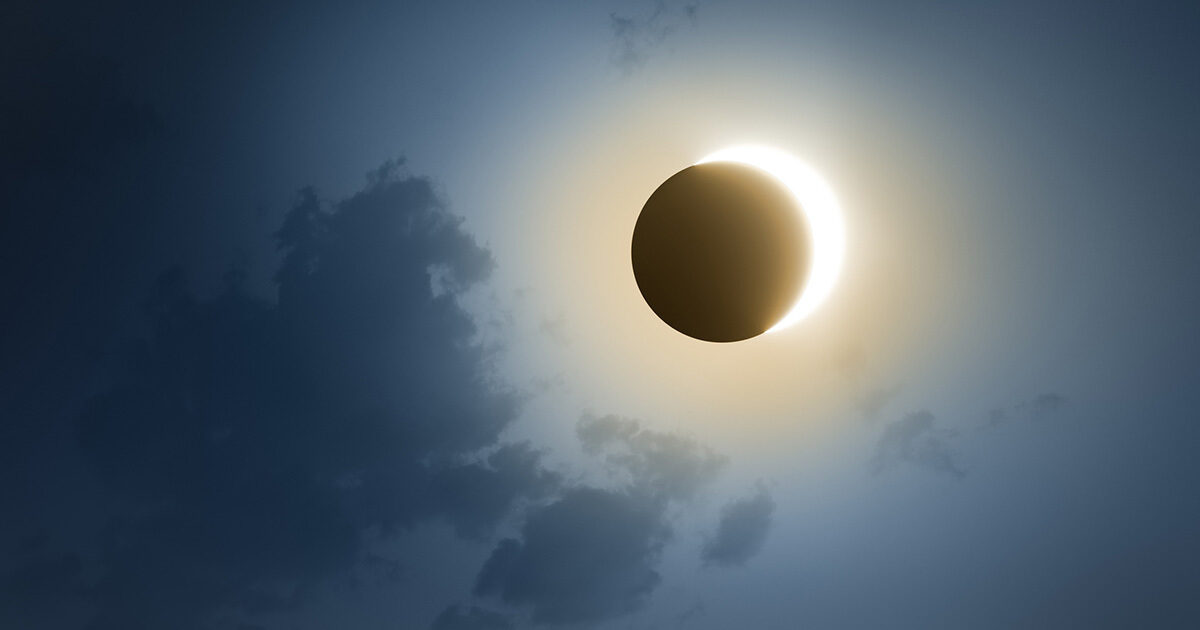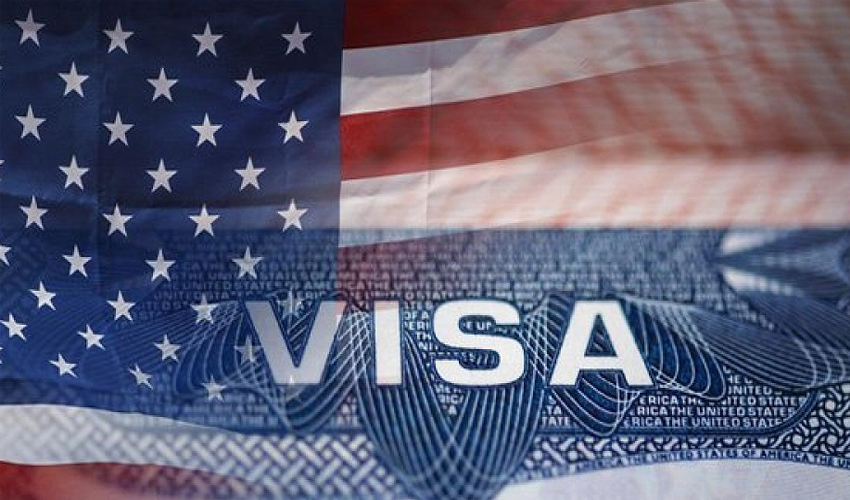A breathtaking celestial event unfolded on Monday as a total solar eclipse traversed the skies of North America, captivating millions who were fortunate enough to witness the spectacle firsthand.
Despite some regions being obscured by clouds, the eclipse still drew widespread enthusiasm and awe from observers across Mexico, the United States, and Canada.

The eclipse, which marked the continent's largest audience ever for such an event, attracted scores of onlookers as the moon cast its shadow over the sun, temporarily dimming daylight.

From the Pacific coast of Mexico, the eclipse's path extended diagonally across Texas and 14 other U.S. states before fading into the North Atlantic near Newfoundland.

While some areas, like Texas and parts of New England, were favored with clear skies, others grappled with overcast conditions, adding an element of suspense to the experience. Yet, even amid the uncertainty, spectators remained undeterred, with many expressing gratitude for the opportunity to witness such a rare phenomenon.
In Georgetown, Texas, cheers erupted as the clouds parted just in time to provide a clear view of the eclipse, prompting residents like Susan Robertson to reflect on their good fortune.
"Even with the clouds, it is kind of nice because when it clears up, it is like wow," remarked Robertson, echoing the sentiments of many who found solace in the event's serene beauty.

Across the continent, from Vermont's Jay Peak ski resort to Niagara Falls State Park, eager observers flocked to various vantage points, equipped with eclipse glasses and anticipation. Sara Laneau, who embarked on a pre-dawn journey with her niece, described the experience as "a first for me and an experience of a lifetime," encapsulating the sentiment shared by many who made special efforts to witness the eclipse.
As the moon fully obscured the sun, plunging parts of North America into twilight, the natural world responded with silence, allowing planets, stars, and perhaps even a comet to emerge briefly.

With the total eclipse lasting up to 4 minutes and 28 seconds—nearly twice as long as the previous coast-to-coast eclipse seven years prior—observers savored every moment of the celestial spectacle.

Experts from NASA and numerous universities stationed along the eclipse's path seized the opportunity to conduct research, launch rockets, and study the rare event. "This may be the most viewed astronomical event in history," remarked Teasel Muir-Harmony, curator at the National Air and Space Museum in Washington, reflecting on the significance of the occasion.
As the eclipse concluded its swift journey across the continent, leaving behind a trail of wonder and scientific inquiry, millions were left with cherished memories of a celestial event that united observers from coast to coast.



























